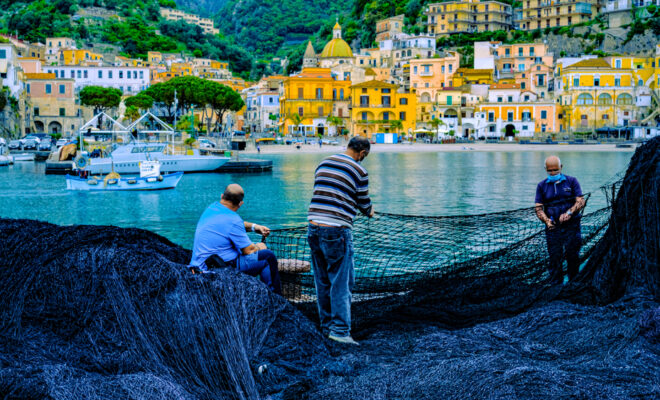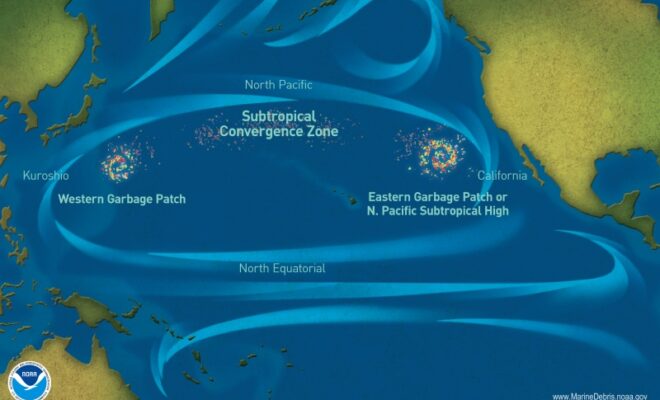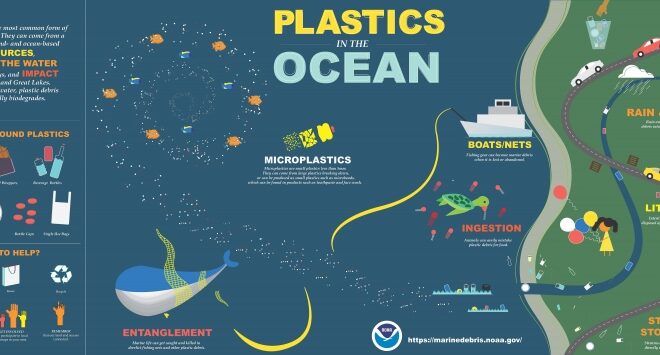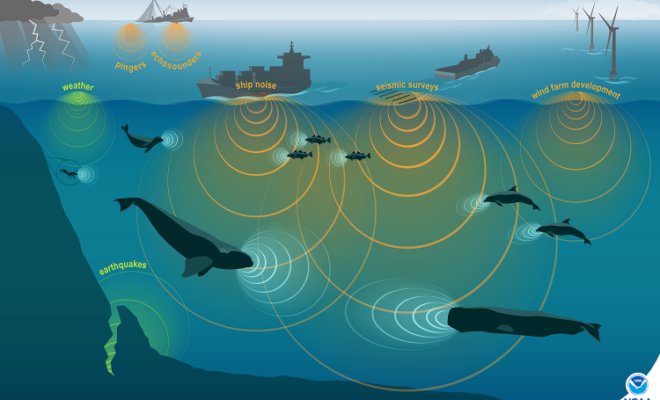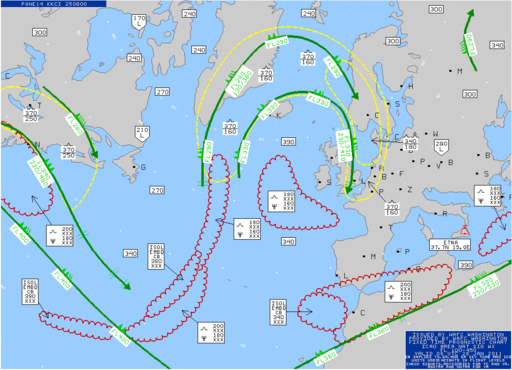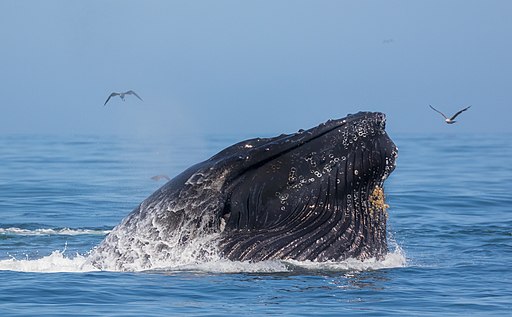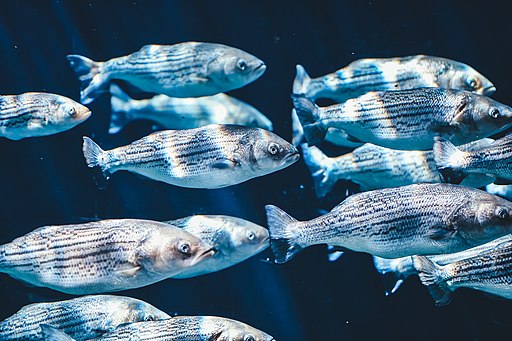Transforming Waste Fishing Gear into Profitable Resources
3/28/2024 - By Paul Molyneaux. Discarded fishing gear is a major contributor to ocean pollution. According to Ben Kneppers, who along with David Stover and Kevin Ahearn, co-founded the fishing net recycling company, Bureo, around 600,000 tons of fishing gear ends up in the ocean every year and continues to kill marine life.… SEE MORE
